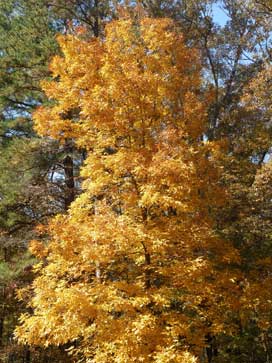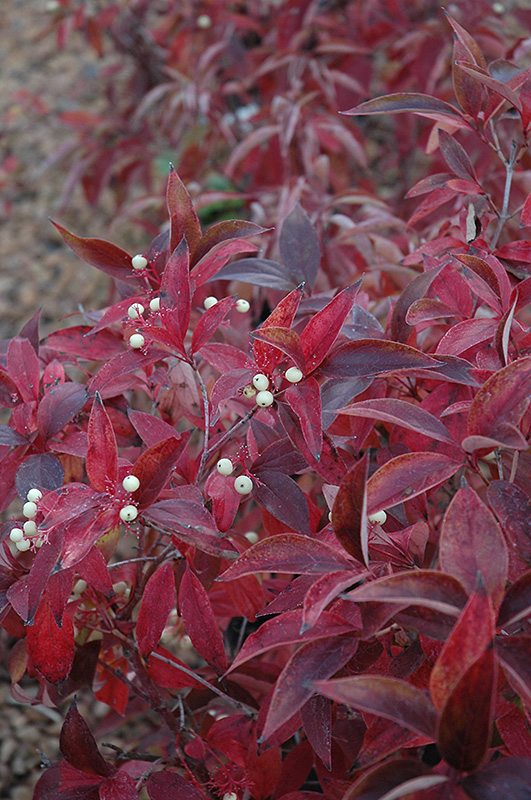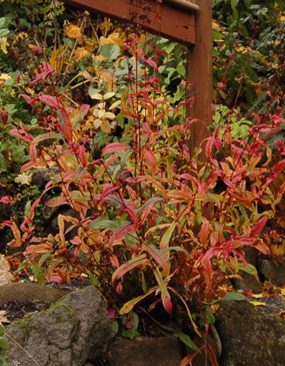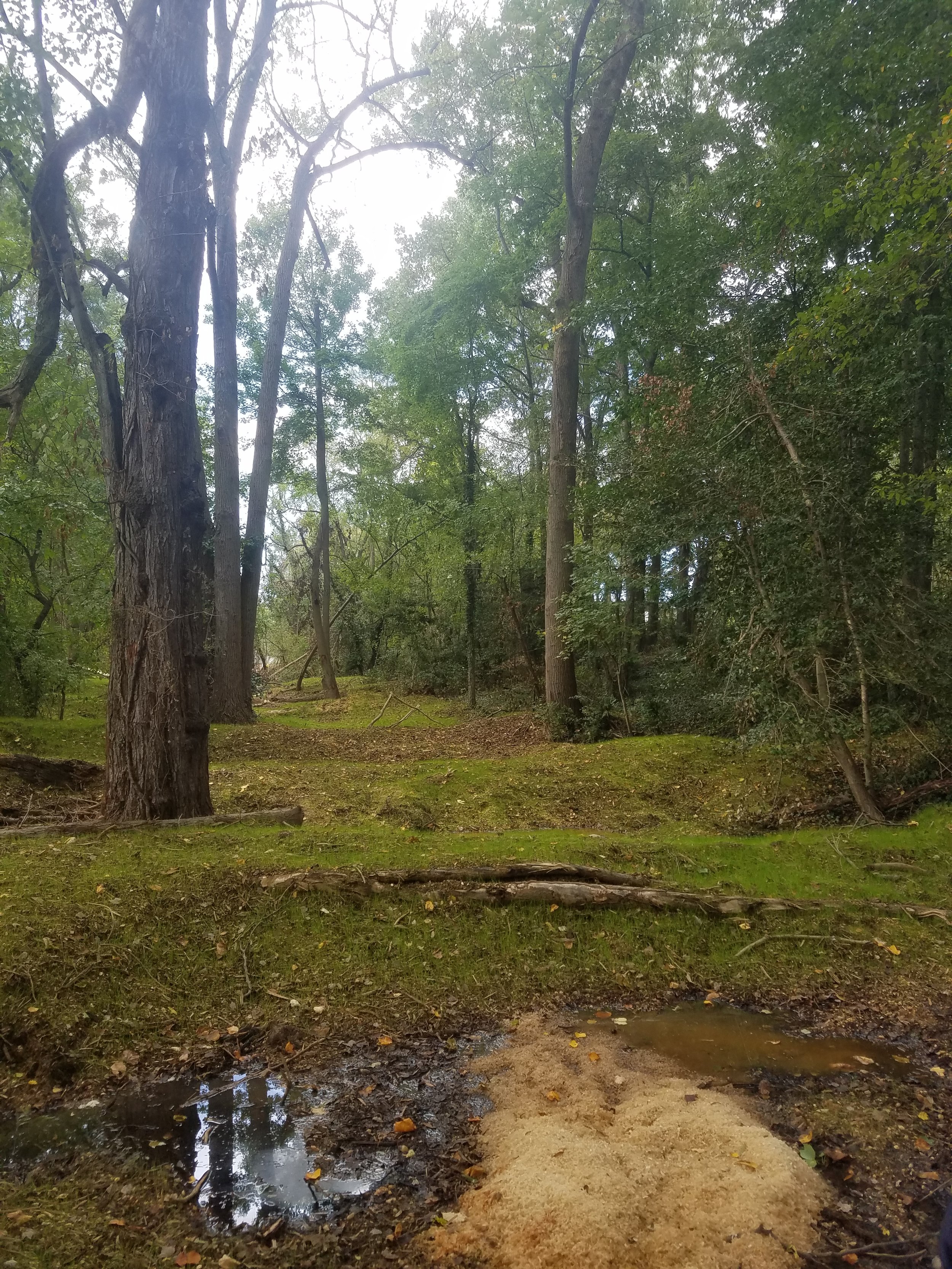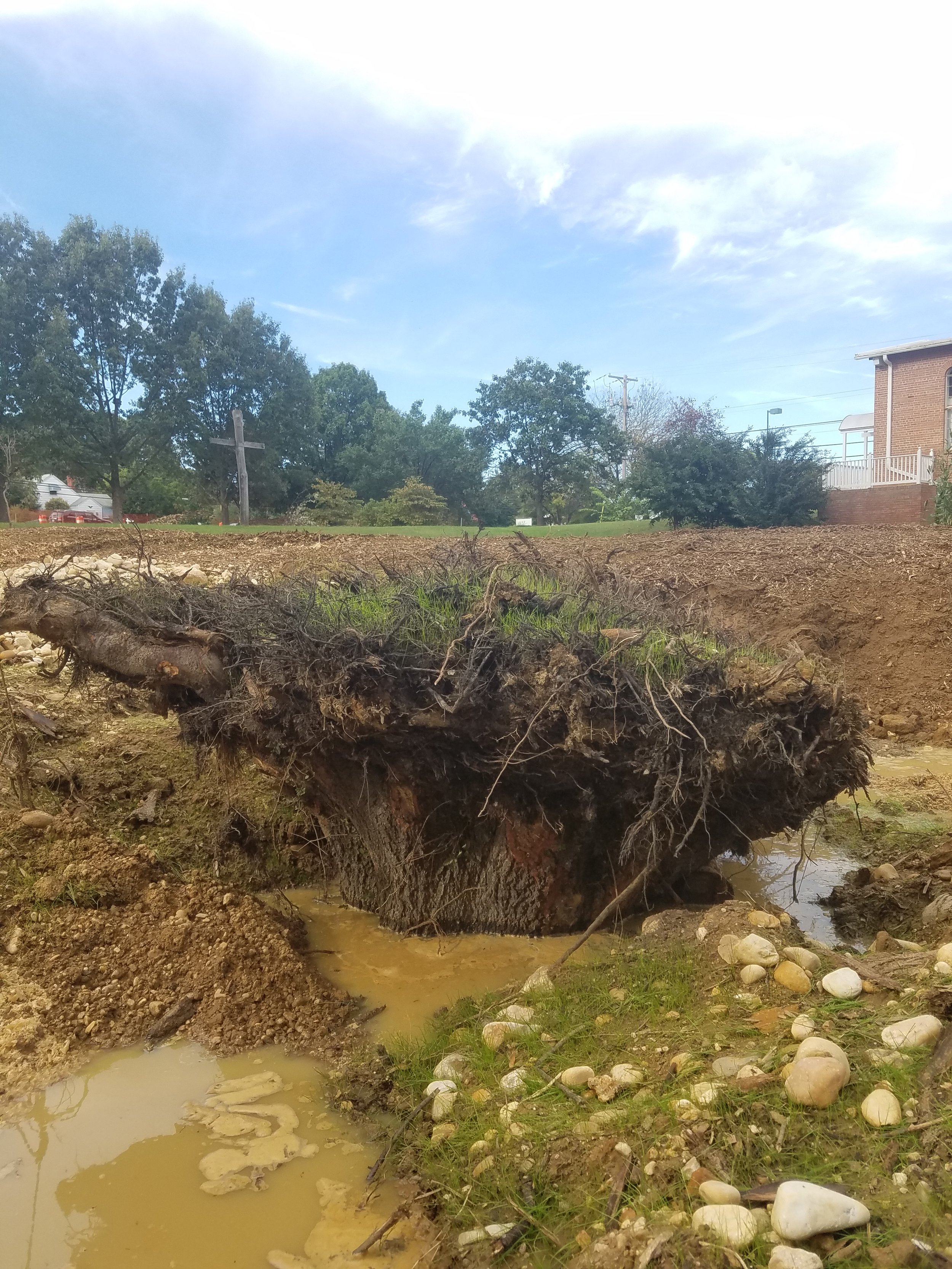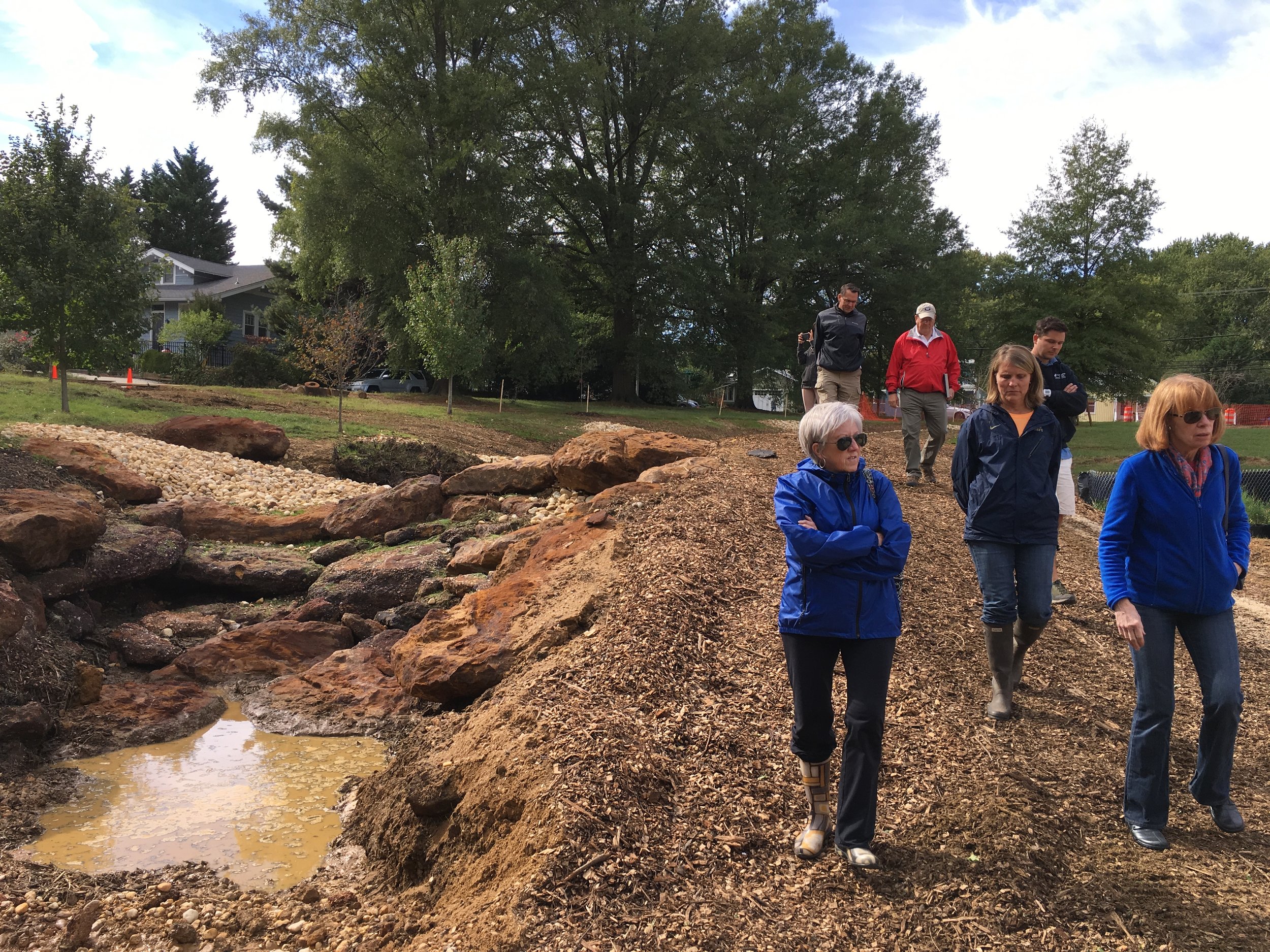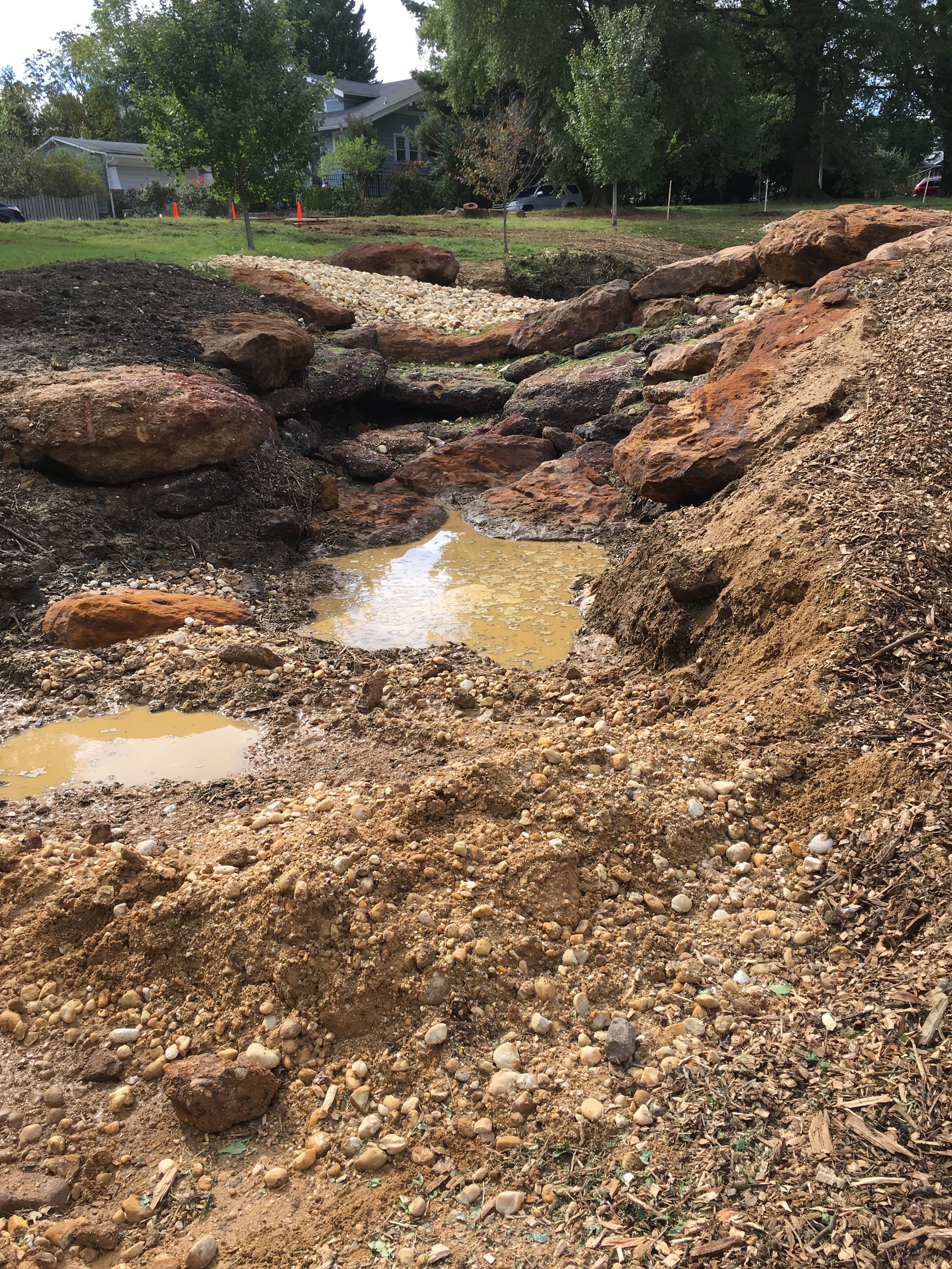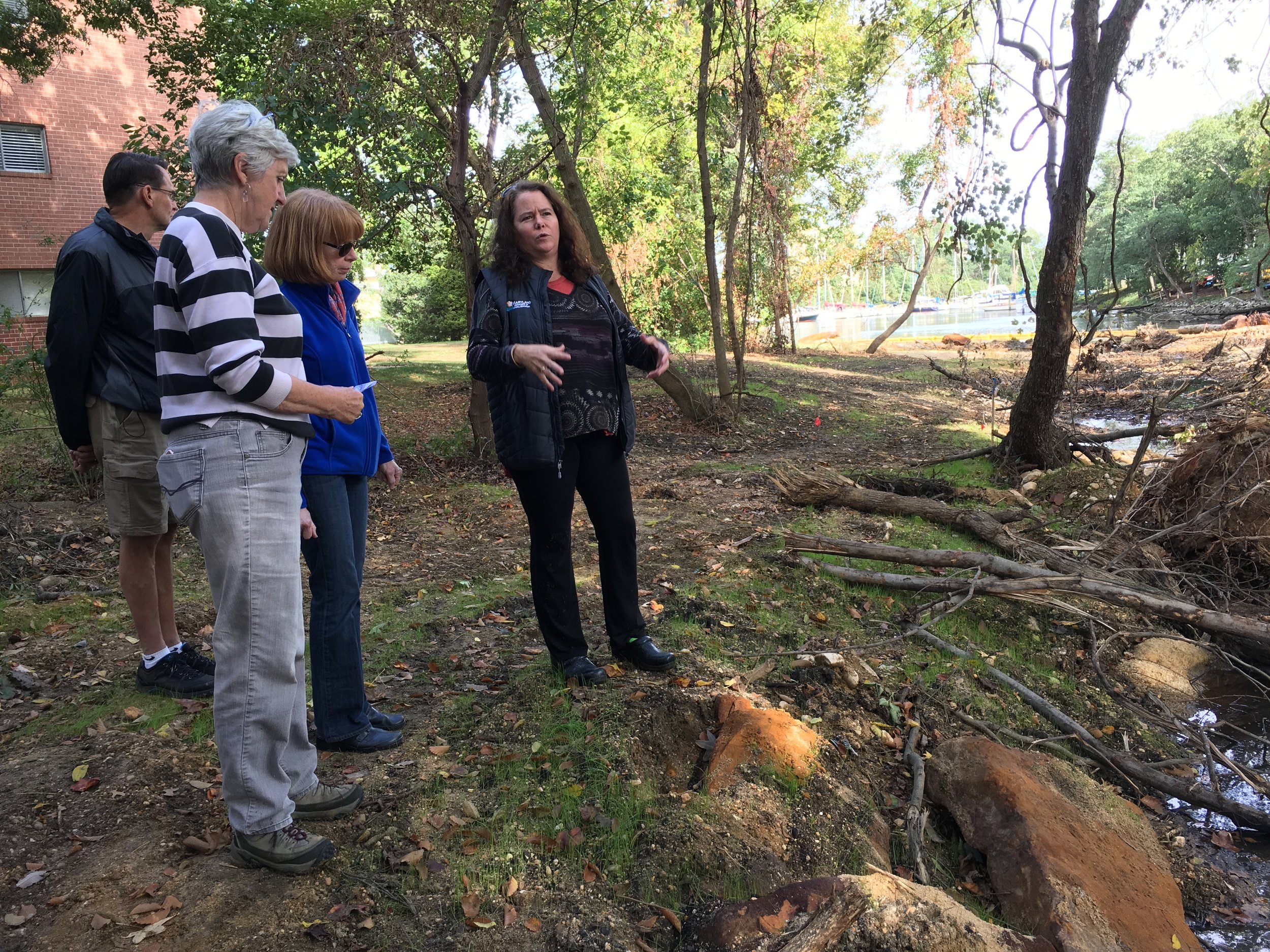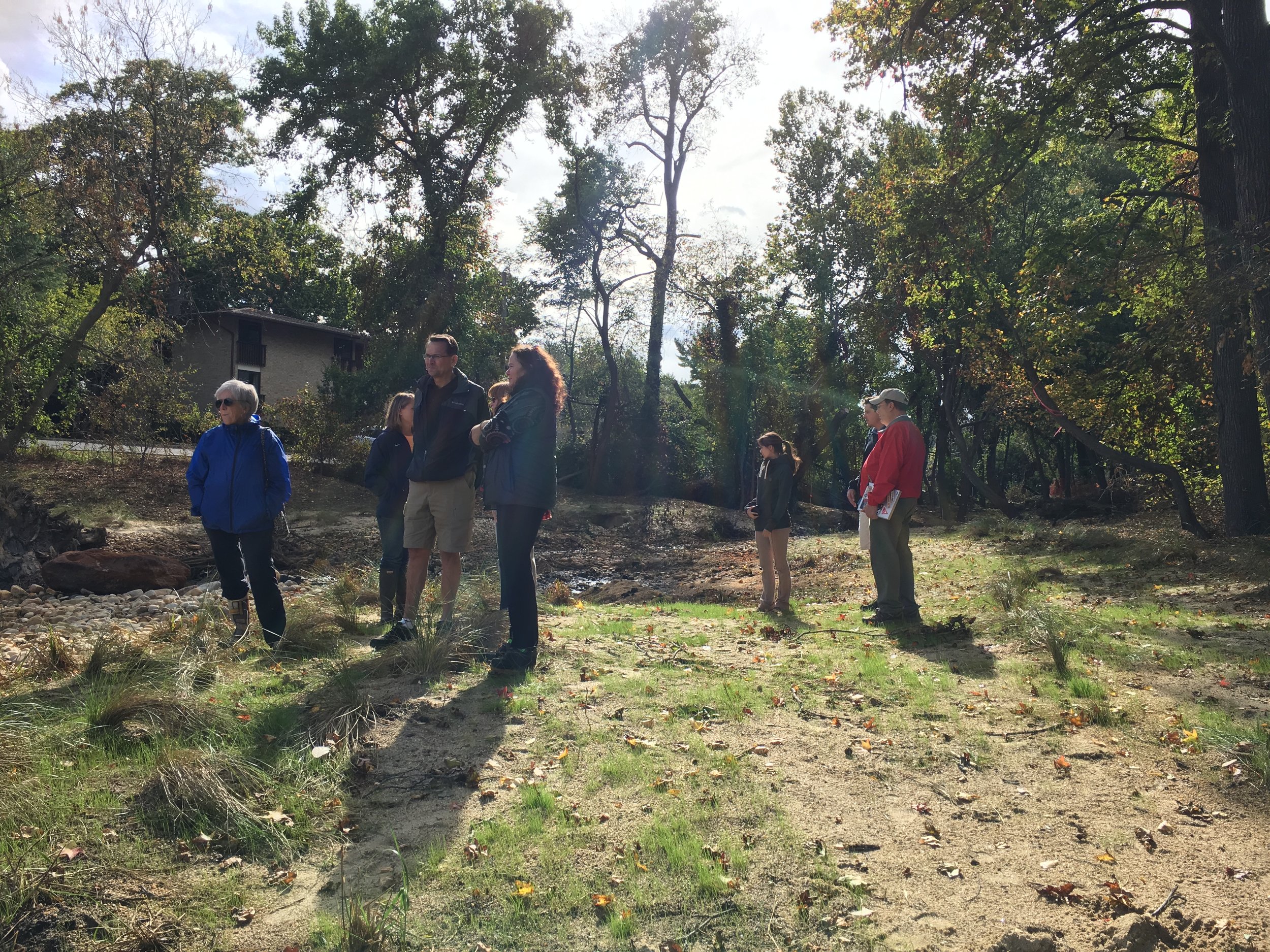Please remove the leaves from hard surfaces around your yard this fall. It really does make a difference!
Top 10 Reasons to Be a Leaf Leader this Fall!
10. It’s good exercise
9. Spend quality time with your kids outside
8. Make an impact in your neighborhood: lead by example and your community will follow suit
7. Keep your creek clean. Each year, tons of leaves from our communities contribute to dead zones in our waterways
6. Leaves cleared from the streets prevent injury and accidents
5. Protect your local wildlife. Insects, birds and small mammals rely on leaf litter for food, shelter and nesting material
4. Your azaleas, camellias, and rhododendrons thrive with shredded organic leaf humus
3. Enhances clay or sandy soil and introduces beneficial microorganisms to the soil
2. Protects shrubs and perennials from extreme temperature changes
1. Because it’s easy, ecological and the right thing to do
Leaf Removal Tips
Use the right tools! Like cooking, when you use the correct tools, it makes the job easier, faster, and more enjoyable. Your leaf litter will quickly become humus or leaf mold, a rich organic soil amendment, if it’s chopped into smaller pieces. To do this, rake your leaves onto a 10’x12’ tarp, drag and unload to a flat open area to “mower mulch”. Organize collecting areas around the mowing areas and have at least two mulching areas to minimize dragging tarps. Set the mower to the highest position & dump leaves onto the flat surface. One person rakes the leaves to contain them for the second person while they chop the leaves into smaller pieces. Spread a 3-4 inch layer on top of your shrub beds (leaves will compact over time) or save for future uses in a wire bin where it will continue to decompose. Add a nitrogen source (grass clippings next spring) to produce an excellent organic fertilizer or soil amendment.
Improve turf quality and save $$. Based on research, mowing leaves into the lawn as leaves fall has been proven to improve the conditions of grass. The decomposed leaves will release nitrogen and phosphorus into the soil, the same nutrients in fertilizer typically applied in the fall. Set your mower to a 4” height and mow weekly. Leaves shred more efficiently with residual light morning dew. Visually inspect in the spring, and you will notice a pleasant difference.
Protect the trees. Compacted soil, scarred tree trunks & damaged surface roots, OH MY! Soil is compacted around tree roots from lawn mowers, thus reducing necessary oxygen for healthy growth. Guard new and mature trees from viscous string trimmers and damaging turf equipment by creating mulched beds around the trees using your shredded leaves. After a few rainstorms, the leaves will flatten and become a dark bronze colored mulch that inhibits weed growth but allows perennials to emerge in the spring.
Article originally written by Missy Jones in October 2013. Adapted for the WSA blog by Katie Foster.
About Missy Jones Missy Jones is the owner of Architectural Gardens, a landscape design/build and garden maintenance company that specializes in custom residential landscapes. Missy enrolled in WSA Class 5 to become certified as a Master Watershed Steward in Anne Arundel County. Since growing up on the Severn River watershed, her passion is to help save the bay and educate homeowners about conservation landscaping, thus reducing the negative impact of storm water runoff. Landscaping is in her blood: Missy’s father owned a landscaping company in the Annapolis area and she’s been in the garden ever since she learned to walk.


